Liverpool a British success story that took more than a hard day’s night
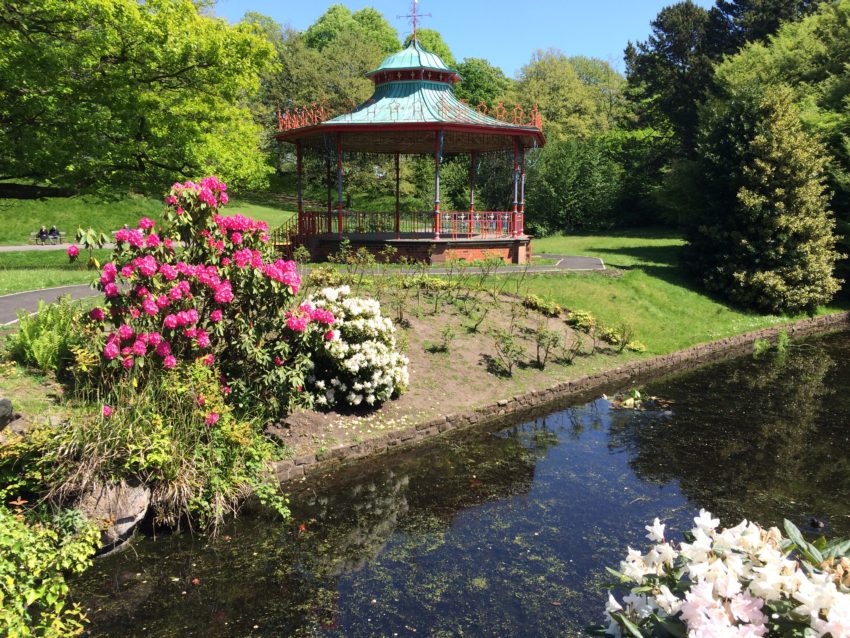
LIVERPOOL, England — Just like there is more to The Beatles than music, there is more to Liverpool than The Beatles.
I recently spent four days in England on assignment and came to Liverpool for my first time. The impressions I’ve always had of Liverpool partially come from Beatles songs — strawberry fields, blue suburban skies, cold cathedrals — and partially from history. Fallen port city. Massive unemployment. Soccer matches on windy, rainy weekends.
New impressions: Revitalized waterfront. Vibrant museum scene. Pedestrian malls. Soccer on bright, sunny afternoons. OK, the soccer match was a wild freak of nature. It’s believed the soccer game I attended was the first one on a sunny day in Liverpool since 1982. That’s not quite true, but it’s close. It doesn’t matter. In truth, Liverpool shines even in the dank, gray, cold, drizzly days of winter, when the wicked wind whips off the Irish Sea and light fades to black by mid-afternoon.
Besides, it doesn’t rain in the pubs.
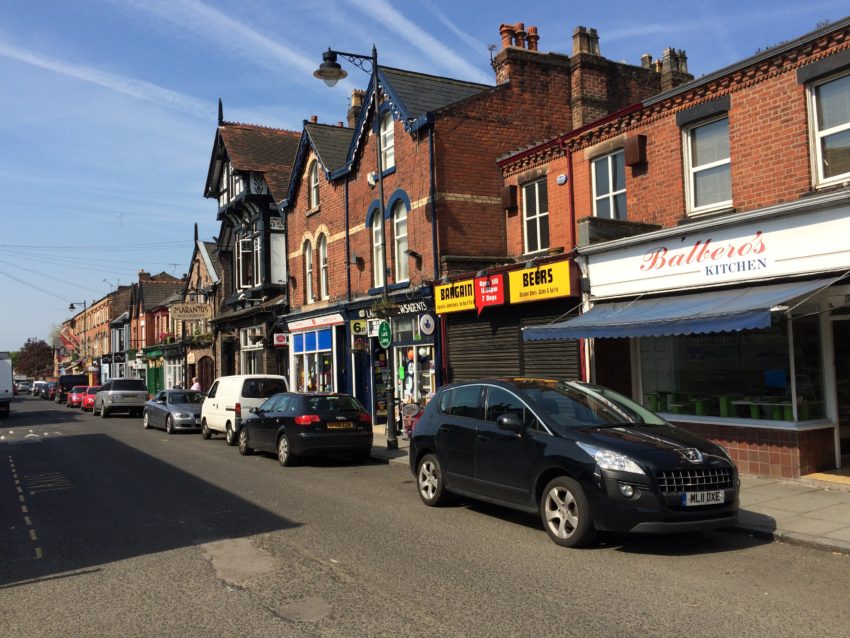
I also got lucky. My AirBnB, run by the wonderful Liverpool native named Christine Colvin (https://www.airbnb.co.uk/users/show/63940920), is in the south end of town near where Paul McCartney and John Lennon grew up and is around the corner from one Lark Lane. Lark Lane is the most fantastic commercial road in a residential neighborhood I’ve seen in Europe. It is England. It has a cafe, a high-end restaurant, a fish ‘n chips shop, an Indian takeaway, a pub, a wine bar, a bar with terrace seating, a news agent and a post office. You can experience all of the United Kingdom without ever leaving Lark Lane.
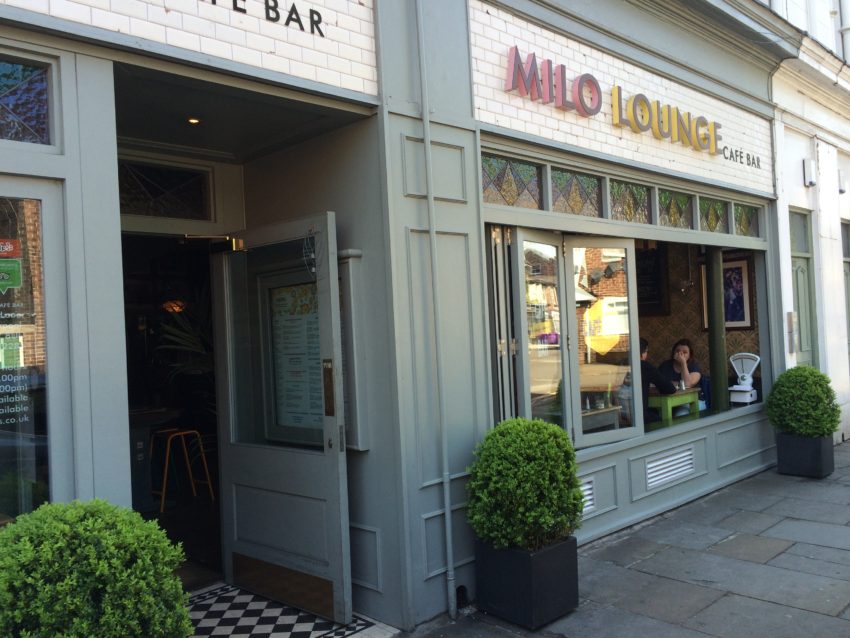
To experience England, you must experience a true English breakfast and a pub. It’s debatable which is more unhealthy. The Milo Lounge on Lark Lane is a big airy cafe with large picture windows and a long wooden bar. It’s the perfect place for a massive English breakfast and look at the typical English weather outside.I thought American breakfasts were big. They are guppies compared to the whale-sized feasts the English put away. My Lounge Breakfast consisted of sausage, bacon, scrambled eggs on buttered toast, potato cakes, baked beans, a field mushroom, spinach and a baked tomato all for 7.25 pounds (about $10.60). That’s not a breakfast. That’s a one-way ticket to a colonoscopy. However …

… it was fantastic. Yes, the greasy English breakfasts I’ve had in the past took a pass here. The sausage was lean, the eggs firm, the bacon crisp. After two years of a cornetto and cappuccino in Italy, it was nice to sit down and gorge like an English seaman.
Pubs have a special appeal. No country in the world gets you closer to local culture than in England through its pubs. This is where I love rain in England. There are few better ways to while away an afternoon than sitting in a warm English pub with a pint of beer, looking out at the rain and reading Dick Francis, the crime novelist who writes such picturesque descriptions of the gorgeous English countryside.
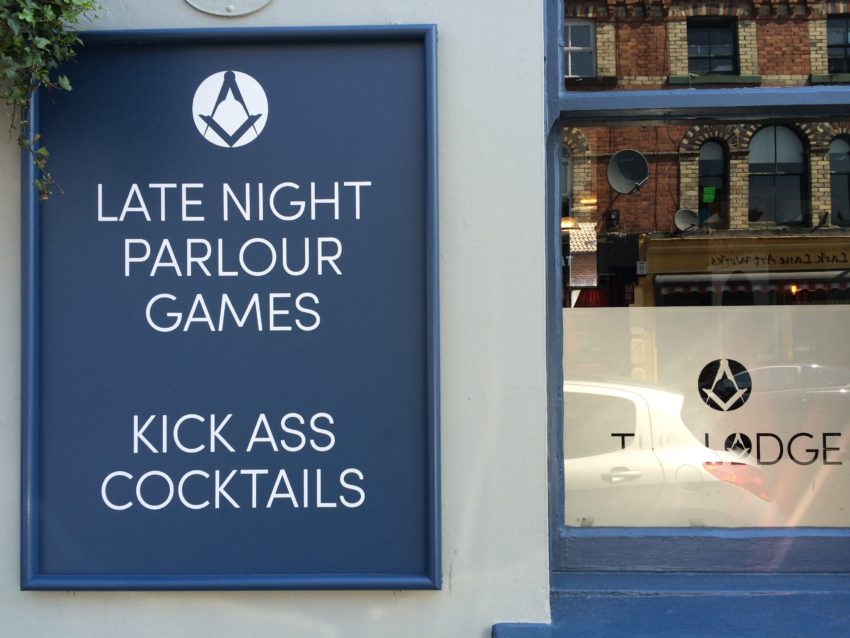
So I went into The Lodge, just down Lark Lane from the Milo Lounge, and got a new update on the drinking habits of Liverpool people, who go by the wonderfully fairy tale name of Liverpudlians. A sign on the outside forewarned me. I never recall reading anything Dick Francis wrote about traditional English pubs proclaiming in big letters, “KICK ASS COCKTAILS.” While I sipped a Manchester Pale Ale at a comically weak 4 percent alcohol, the friendly goateed bartender told me the Liverpudlian youths have become heavily into gin. There is even a gin called Liverpool Gin. The Lodge has an entire menu of gin drinks. Ironically, England was the last place I ever tried a cocktail in Europe. Tanqueray and tonic was my poison for nearly 25 years in the newspaper business. Then in 1999 I returned to England, the birthplace of gin. Have you ever tried a gin-and-tonic without ice? It’s like drinking room temperature boat fuel. It’s rancid.
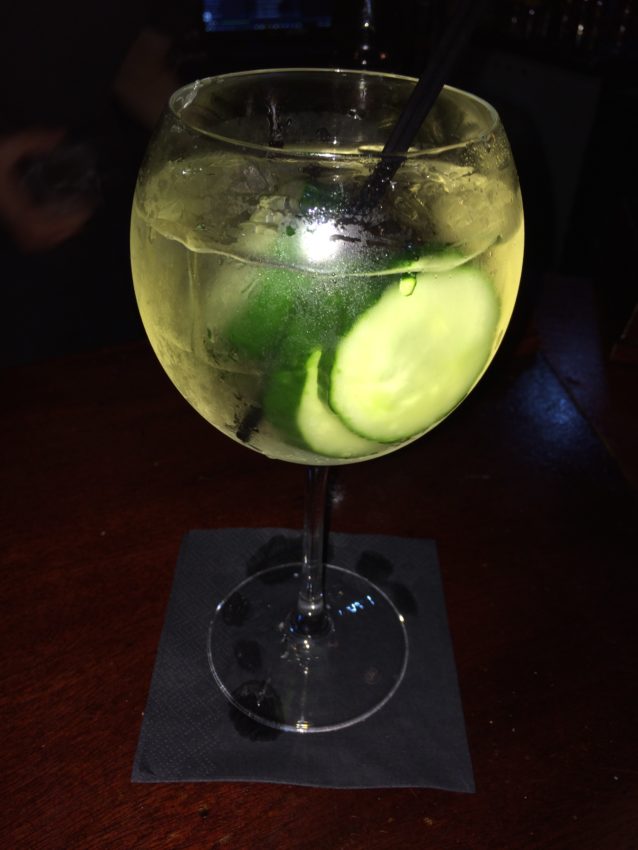
But Liverpool has softened gin cocktails with fruit and given them macho names, like the Zombie Apocalypse. I had a cucumber gin cocktail made with Hendrick’s Gin from Scotland, a dash of apple juice, light tonic water and fresh, sliced cucumbers. And lots and lots of ice. It looked more appropriate for a bamboo-thatched roof in the British Virgin Islands. It was only missing a little umbrella. But while it severely threatened my manhood, I was comforted by seeing every other man in the place with similar drinks and that mine was absolutely delicious. Cool, fresh and not too sweet, I wanted to ask the bartender when the English developed good taste.
Not that I would understand him. I found myself with a slight language barrier. The Liverpudlian accent is something from a movie about drunken pirates. In a huge upscale pub called The Crown, across the street from the train station, I chatted with a local about pubs. I asked why would an establishment like The Crown carry Coors Light, a vile swill from my adopted state of Colorado that I wouldn’t use to wash my car. He said he’s never tried — I think — but the bartender says it’s quite popular with locals and tourists alike.
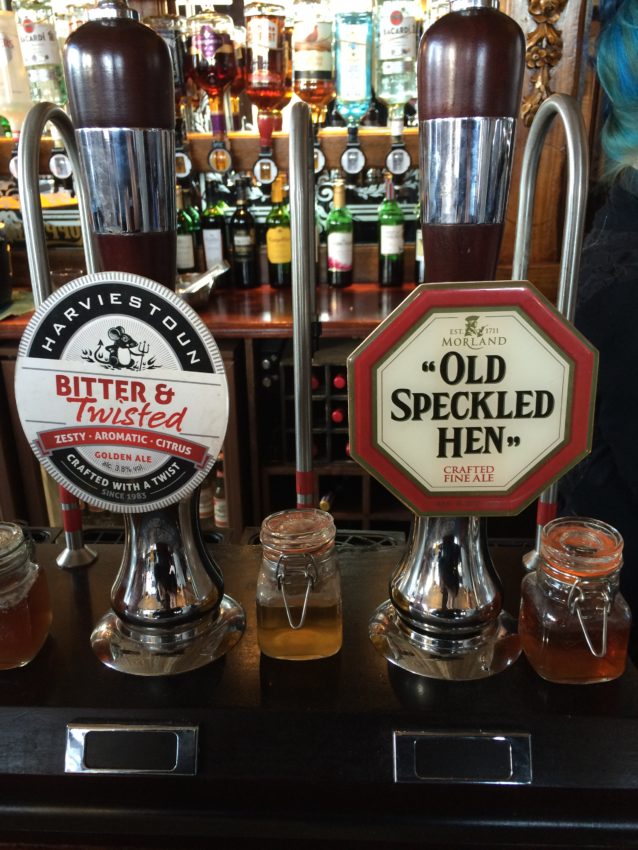
My new friend started a conversation with two beautiful women about half our age. They were from Manchester, only 35 miles up the road, but with a more posh accent. They asked him to speak “Liverpudlian.” His mouth shifted all the way to one side and he started talking like Popeye. The women howled. I had no earthly idea what he said. I felt as dumb as if I tried to understand a fisherman in Sardinia.
Where I didn’t need a translator was walking around the city. Liverpool’s waterfront is one of the great urban success stories of Europe. This is a riches to rags to riches story. Liverpool built its first dock in 1715 and by the start of the 19th century was a major European port. It was called “The New York of Europe.” Irish immigrants flooded in. In fact, in 1851, one quarter of the local population was Irish born. As one Irish-English woman told me, “Liverpool is the capital of Ireland.”

However, with the invention of containerization, a form of freight transport using steel containers, Liverpool’s docks became obsolete by the mid-19th century. Unemployment skyrocketed to the highest in the United Kingdom. More than 12,000 people left the city a year.
But in 1980, the conservative government launched the Merseyside Development Corporation which earmarked funds to refurbish 800 acres along the docks. By the mid-90s, they targeted tourism to recover the economy. They put The Beatles Story museum in the dock area in 1996. By 2003, Liverpool had earned the title of European Capital of Culture. The next year, the riverfront was made a Heritage Site.
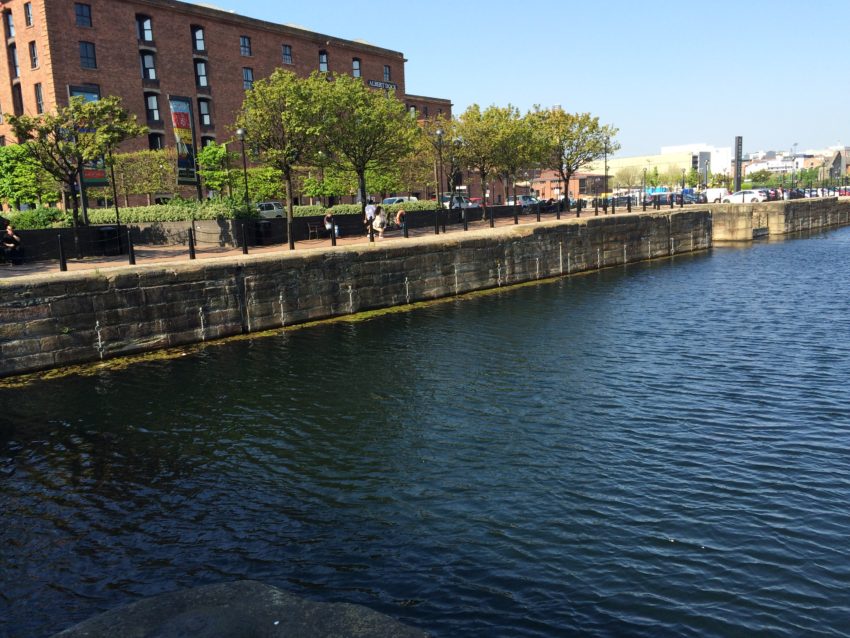
Emerging from The Beatles museum and strolling around Albert Dock, I thought it looked 10 years old, not 200. The grounds were landscaped with lush grass and trees. The brick of the buildings looked freshly laid but their uniformity gave it a touch of history. Inside were chic restaurants and happening bars. Locals read in the grass on a wildly warm 70-degree day. Lovers hugged on benches looking over the long iron fence to the Irish Sea. The canal leading into the sea looked clean enough to fish and swim.
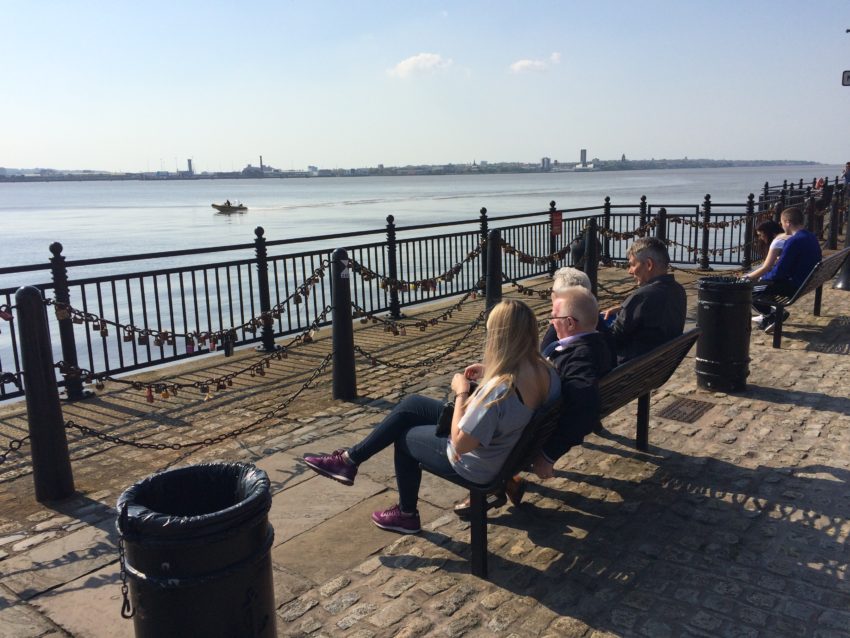
What visitors overlook are the parks. Lark Lane runs past my AirBnB and right into Sefton Park. Opened in 1872, it’s a 235-acre outdoor paradise and had upgrades in 1983 and 2005. Taking a writing break, I went for a stroll and got lost along the jogging paths running along babbling brooks and lakes. I passed a cricket ground, clay tennis courts and a lawn bowling green. Ducks floated along the water. Families had picnics. Campers — not homeless — did busy work outside their pup tents. The sun was out. It wasn’t raining. This could be a park in Colorado.
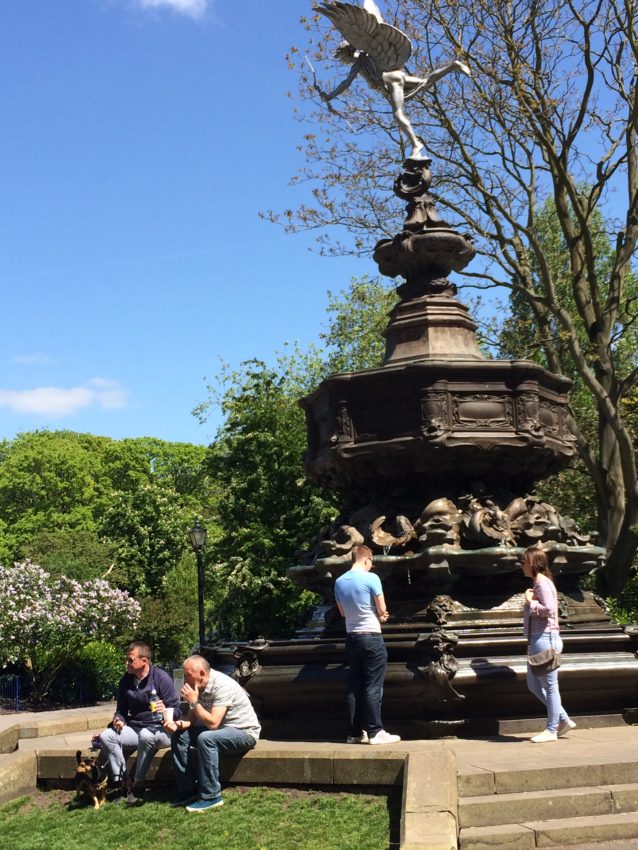
Despite all the frilly nuances in the city, Liverpool remains working class. And nothing unites the dockworkers, the fishermen and the barmen like soccer. Origins of the world’s most popular game — sorry Americans — goes back to China in the 2nd century B.C. but the modern rules were established in England in 1863, thus making England’s soccer rightful birthplace. The two local teams hate each other more than Republicans and any ethnic group. Everton FC was born in 1878; Liverpool FC came about in 1892. Liverpool became internationally famous for winning 11 league cups and seven European titles in the ‘70s and ‘80s. Everton, meanwhile, lived among the elite during the 1980s but has not won a trophy since the 1995 FA Cup.
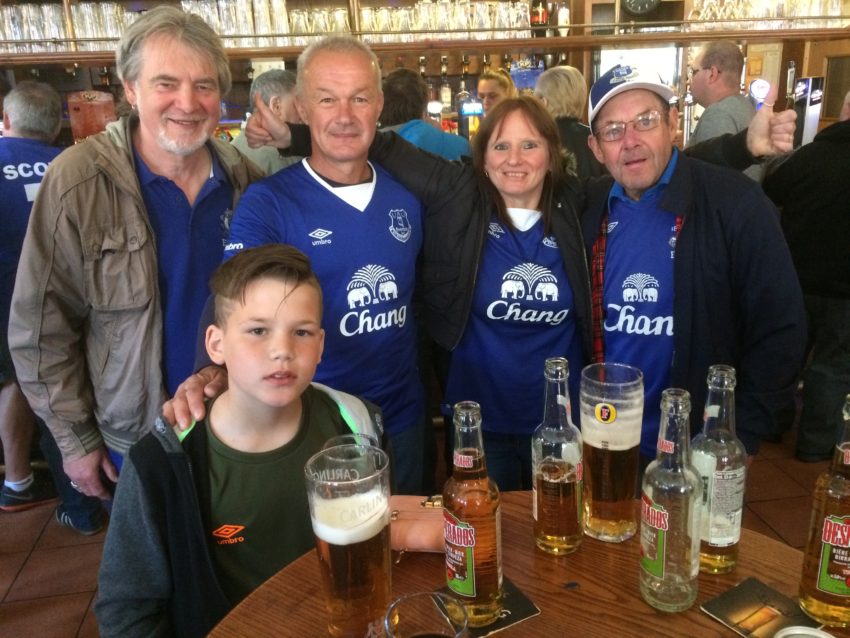
I went to the old Everton neighborhood where the club began and chatted with some die-hard fans, all wearing blue and all been following the club since their first memory. I walked into The Brick, a sprawling pub featuring gray photos of Everton’s past greats. A sign on the wall answers Liverpool fans’ mantra that Everton fans are bitter of their rival’s success. “We are not bitter,” the sign reads. “We just don’t like you.”
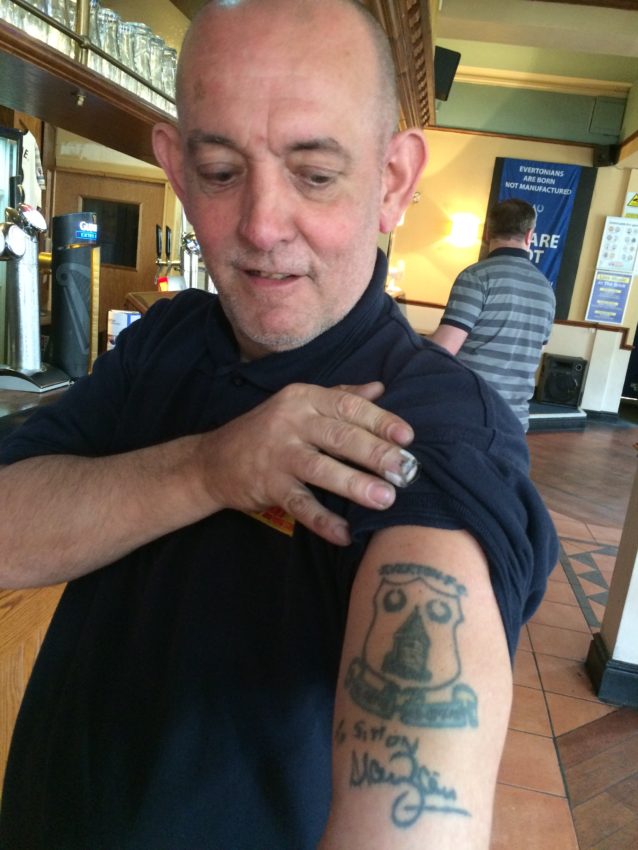
I met Si Williams, balding in his late ‘50s and a fan since 1965. The ring tone on his cell phone is “Z-Cars,” Everton’s theme song taken from 1960s TV show about English police. (They wear blue. Get it?) I ask him about the famous survey that claimed two-thirds of English men would rather watch football (soccer) than have sex. He wasn’t surprised by the question.
“Yes,” he said. “Football lasts 90 minutes as opposed to nine in the sack.”
He introduced me to Frank Murray, a 52-year-old painter wearing a ragged, paint-stained T-shirt. I ask him what he hates most about Liverpool.
“They’re still alive,” he said, expressionless.
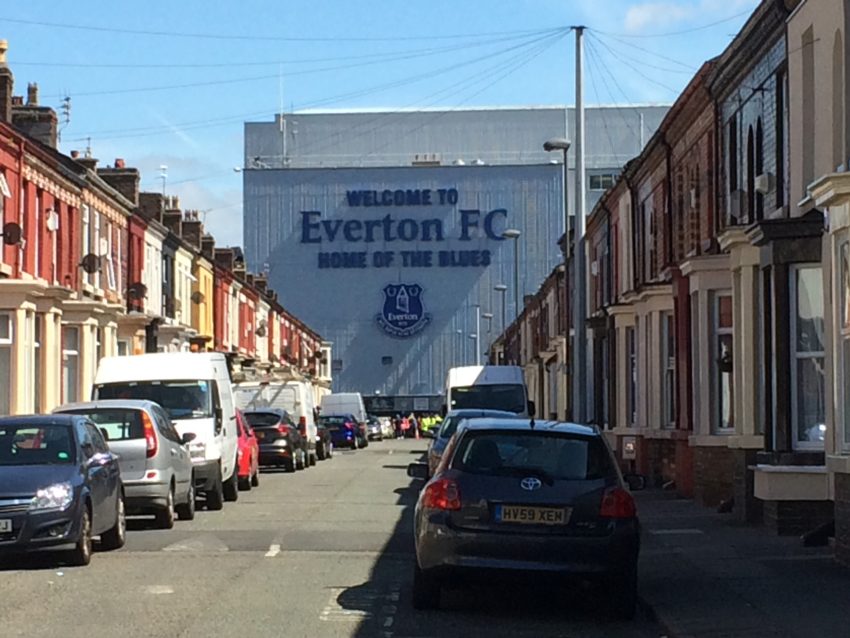
These guys are serious. As I talked to Williams, we started chatting about the rivalry. Strangely, Liverpool’s own Anfield stadium is a stone’s throw from Everton’s 124-year-old Goodison Park. I asked him where I could find Anfield. Suddenly, Murray walks up to me, points to the door and says, “You can smell it when you walk outside!”
The game, the last of the year, was somewhat lifeless. Everton was ending another dead-end season. It had fired its manager three days earlier. Its opponent, Norwich City, near England’s eastern tip, was already relegated to the second division. Everton won 3-0 on a bright sunny day and I had a lovely meat pie in the process.
Nowhere in Goodison Park did I hear a seemingly ever-present Beatles song. After four days in Liverpool, I swore I was taking a yellow submarine back to Rome. But Liverpool has moved past The Beatles. It has moved past its own blighted past.
It is indeed sunny in Liverpool — even if the weather says otherwise.

